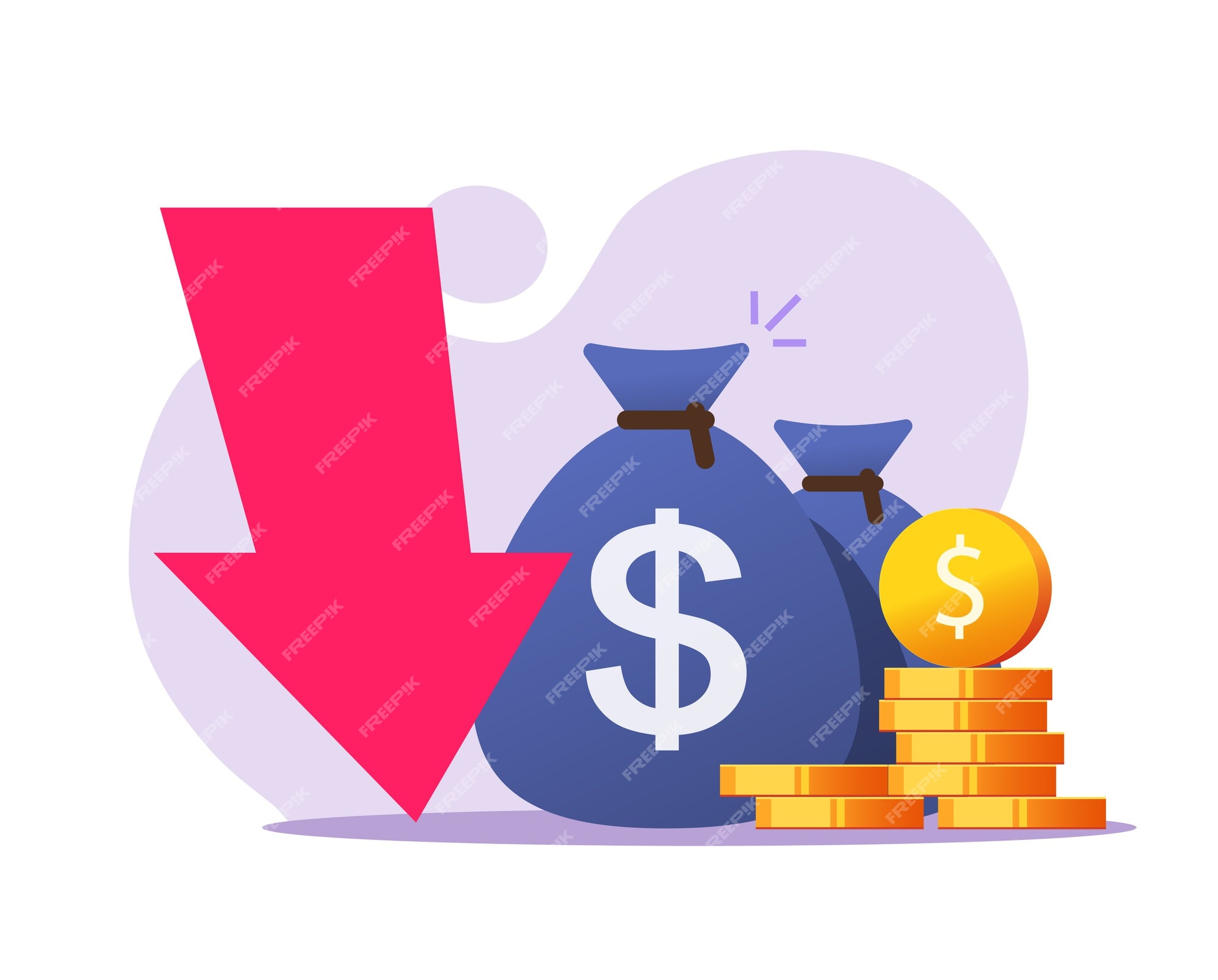
Understanding the Down Payment
What is a Down Payment for a Business Loan?
A down payment for a business loan is a predetermined sum of money that a borrower contributes upfront to secure the loan. While commonly associated with mortgages and personal loans, down payments play a significant role in business financing as well. This initial investment demonstrates the borrower’s commitment to the venture and provides assurance to the lender.
How Does a Down Payment Differ from Interest Rates?
Unlike interest rates, which are calculated as a percentage of the loan amount and determine the cost of borrowing, a down payment is a lump sum paid upfront. While interest rates affect your monthly payments and the total interest paid over the loan term, the down payment directly impacts the initial loan amount and influences the lender’s risk perception.
The Relationship between Down Payment and Loan Terms
The down payment amount often correlates with the terms of the loan. A larger down payment can lead to more favorable loan terms, including lower interest rates, extended repayment periods, and higher borrowing limits. Understanding this relationship allows borrowers to strategically plan their down payment to optimize their loan agreement.
The Benefits of Making a Down Payment
Demonstrates Commitment and Responsibility
By contributing a substantial down payment, business owners showcase their dedication to the success of the venture. Lenders view this commitment positively, as it signifies the borrower’s willingness to invest their own resources and share the financial burden.
Lower Interest Rates and Improved Loan Terms
A significant down payment can lead to reduced interest rates, translating to lower overall borrowing costs. Lenders perceive lower-risk borrowers with larger down payments, resulting in improved loan terms that positively impact the business’s financial health.
Reduces Loan-to-Value (LTV) Ratio
The loan-to-value ratio, which compares the loan amount to the appraised value of the collateral, is a critical factor for lenders. A higher down payment lowers the LTV ratio, making the loan less risky for lenders and potentially eliminating the need for additional collateral.
Enhanced Borrowing Capacity and Credibility
A sizable down payment increases the borrower’s credibility and strengthens their position when negotiating loan terms. It can also enhance the business’s overall borrowing capacity, enabling access to larger loan amounts for expansion, inventory, or operational improvements.
Calculating the Ideal Down Payment
Factors Influencing the Required Down Payment
The appropriate down payment varies based on factors such as the lender’s requirements, loan type, industry norms, and the borrower’s creditworthiness. Researching these factors and consulting with financial advisors can help determine the optimal down payment amount.
Balancing Down Payment with Available Capital
While a substantial down payment offers advantages, it’s crucial to strike a balance between the down payment and maintaining sufficient working capital for day-to-day operations. Careful financial planning ensures that the business remains operational and resilient even after making the down payment.
Customizing the Down Payment According to Loan Type
Different types of loans may have varying down payment requirements. For instance, equipment financing might require a lower down payment compared to real estate loans. Understanding these nuances allows borrowers to tailor their down payment strategy to the specific loan they’re seeking.
Strategies to Accumulate Down Payment Funds
Allocating Profits and Business Earnings
Utilizing a portion of the business’s profits for the down payment can be a prudent strategy. It demonstrates the company’s ability to generate revenue and invest in its own growth, potentially leading to more favorable loan terms.
Exploring Investment Partnerships
Collaborating with investors or partners to contribute to the down payment can provide additional resources while also expanding the business’s network and expertise. Clear agreements and legal guidance are essential to ensure a mutually beneficial partnership.
Tapping into Personal Savings and Assets
Entrepreneurs often tap into their personal savings or assets to fund the down payment. While this approach shows commitment, it’s essential to assess personal financial stability and consult with financial advisors to mitigate potential risks.
Tips for Negotiating Down Payment Terms
Leveraging Your Business’s Financial Health
A strong financial track record can empower business owners to negotiate more favorable down payment terms. Highlighting steady revenue growth, healthy cash flow, and responsible financial management can bolster your bargaining position.
Establishing Trust with Lenders
Open communication and transparency with lenders can foster trust and goodwill. Discuss your down payment strategy and financial goals openly, addressing any concerns the lender may have.
Highlighting Long-Term Growth Plans
Emphasizing your business’s long-term growth and expansion plans can reassure lenders of the loan’s potential returns. Present a clear vision for how the borrowed funds will contribute to revenue generation and business development.
Risks and Considerations
Impact on Short-Term Cash Flow
Using a significant portion of available funds for the down payment can strain short-term cash flow. It’s essential to forecast potential cash flow challenges and have a contingency plan to ensure the business’s operational stability.
Potential Alternatives to Traditional Down Payments
Innovative financing options, such as revenue-based financing or asset-backed loans, may offer alternatives to conventional down payments. Exploring these options can provide flexibility while still securing the necessary funding.
Evaluating Risk Tolerance and Business Stability
Assess your business’s risk tolerance and stability before committing to a sizable down payment. Consider factors such as industry volatility, market trends, and the potential impact of unexpected events.
Case Studies: Successful Down Payment Strategies
Building Equity Through a Substantial Down Payment
In the case of a manufacturing startup, the founders used personal savings to make a significant down payment. This lowered their loan amount, allowing them to negotiate favorable terms and allocate more funds to equipment and marketing.
Leveraging Down Payment to Secure Favorable Loan Terms
A retail business seeking expansion secured a lower interest rate and extended repayment period by offering a sizable down payment. This strategy not only reduced the overall cost of borrowing but also facilitated smoother cash flow management.
Realizing Exponential Growth with a Thoughtful Down Payment
An e-commerce company partnered with investors to accumulate a substantial down payment. This strategic move enabled them to secure a larger loan, fueling an aggressive marketing campaign that resulted in remarkable sales growth.
The Future of Down Payments in Business Financing
Evolving Trends in Lending and Down Payment Requirements
As lending practices continue to evolve, down payment requirements may adapt to new economic realities and technological advancements. Businesses should stay informed about industry trends to make informed decisions.
Technological Innovations Shaping Down Payment Dynamics
Emerging technologies, such as blockchain and digital payment platforms, could revolutionize the way down payments are processed and verified, potentially streamlining the financing process.
Anticipating Economic Factors Influencing Down Payment Strategies
Fluctuations in interest rates, inflation, and economic conditions can impact down payment strategies. Business owners must consider these factors and be prepared to adjust their approach accordingly.
Conclusion
In the realm of business financing, the down payment serves as a pivotal bridge between ambition and opportunity. By understanding the intricacies of down payments, their benefits, and potential risks, entrepreneurs can craft astute strategies that enhance their borrowing capacity and position their ventures for sustainable growth. Remember, the journey to success often begins with a smart and calculated investment – the down payment.
FAQs
- What is the typical down payment percentage for a business loan?The typical down payment percentage for a business loan can vary widely depending on factors such as the lender’s requirements, loan type, and industry norms. It’s essential to research and consult with financial experts to determine the appropriate down payment for your specific situation.
- Can I use assets as a down payment for a business loan?Yes, in many cases, you can use business assets or collateral as part of your down payment. This can help lower the required cash contribution while still providing the lender with assurance of repayment.
- How does a down payment affect my loan terms?A larger down payment often leads to more favorable loan terms, including lower interest rates, extended repayment periods, and improved borrowing capacity. It demonstrates your commitment and reduces the lender’s perceived risk.
- Are there alternatives to traditional down payments?Yes, there are alternative financing options that may require lower or different types of down payments. Exploring these alternatives, such as revenue-based financing or asset-backed loans, could offer flexibility based on your business’s unique circumstances.
- How can I determine the right down payment strategy for my business?Determining the right down payment strategy involves considering factors such as your business’s financial health, risk tolerance, and growth plans. Consulting with financial advisors and thoroughly researching your options will help you make an informed decision.




